(5 min) WTF is Rejection Sensitive Dysphoria (RSD)? When Your Nervous System Turns a Side-Eye into a Gut Punch

Okay friends, this is not a light article. Big-time trigger warnings if you suffer from Rejection Sensitive Dysphoria.
Ever been told you’re “too sensitive,” “overreacting,” or “taking things personally”? Welcome to the club no one asked to join—where the mere possibility of rejection can send your brain spiraling faster than a TikTok trend.
Rejection Sensitive Dysphoria (RSD) isn’t just feeling bummed because someone didn’t text you back. It’s an intense, involuntary emotional reaction that can feel like your nervous system has been dropkicked by disappointment. And spoiler alert: it’s way more common in neurodivergent folks than most people realize.
Let’s break it down, call it out, and (finally) stop apologizing for what your brain is wired to do.
What the Heck Is Rejection Sensitive Dysphoria?
RSD is a term that describes the extreme emotional sensitivity and pain triggered by the perception—real or imagined—of rejection, criticism, or failure.
But don’t let the clinical tone fool you. This isn’t your run-of-the-mill insecurity.
RSD feels like:
- Your stomach free-falling out of nowhere because your friend read your message but didn’t respond.
- Spiraling for hours because someone said “we need to talk” and your brain translated that into “they hate you.”
- Going from 0 to full existential crisis because of a performance review that wasn’t even bad—just neutral.
What It’s Not:
- Being dramatic
- Craving attention
- Fishing for validation
- Something you can “just get over”
It’s your brain, nervous system, and emotional regulation pathways short-circuiting under the weight of perceived rejection. And once it starts, it’s really hard to stop the loop.
Who Experiences RSD?
While anyone can feel rejected or criticized, RSD is most often associated with neurodivergence—especially ADHD and autism.
If you have either (or both), here’s the science-y bit: the parts of your brain that manage emotional regulation, impulse control, and social interpretation (hello, prefrontal cortex and amygdala) already have to work harder. Now throw in years of unintentional (or overt) invalidation, trauma, masking, and misunderstanding? Boom. RSD cocktail.
RSD Often Shows Up In:
- People with ADHD (like… a lot. Some experts say up to 99% of folks with ADHD experience it to some degree.)
- Autistic individuals
- People with a history of trauma or high emotional sensitivity
- People who were constantly criticized as children
- Anyone raised in a perfectionist, emotionally invalidating, or high-pressure environment
Signs You Might Have RSD
Here’s your unofficial, definitely relatable checklist. You might deal with RSD if you:
- Rehearse conversations for hours after they happened
- Avoid opportunities you want because you fear rejection more than you crave success
- Feel actual physical pain or a shutdown response when someone criticizes you
- Panic when someone’s tone changes, even slightly
- Can’t stop obsessing when someone’s “just busy” starts feeling like “they hate me”
- People-please to the point of burnout, just to avoid conflict or disapproval
- Ghost people or disappear after a perceived slight—even if you really love them
- Quit jobs, projects, or relationships early because you're convinced you’ll fail or get rejected eventually
And here’s the kicker: even if none of that is happening, your brain might still tell you it is. Because RSD doesn’t wait for actual rejection—it just needs the hint of it.
The Inner World of RSD: What It Feels Like
Imagine your brain is a radio station, and someone just bumped the dial from “Minor Insecurity FM” to “Emotional Nuclear Meltdown 101.3.”
You try to play it cool, but inside?
- Your chest tightens.
- Your thoughts race.
- You’re imagining every worst-case scenario at once.
- Shame floods in.
- You want to cry, hide, rage, apologize, and disappear—simultaneously.
And the cruel twist? You know you’re “overreacting.” You’re aware. You just can’t stop the emotional spiral because RSD isn’t logical—it’s a nervous system hijacking. This isn’t a personality flaw. This is trauma response meets dopamine deficiency meets emotional dysregulation.
How RSD Impacts Daily Life (a.k.a. Why It’s Not “Just in Your Head”)
RSD can be a full-time job. Unpaid. Unrecognized. Emotionally exhausting.
In Relationships:
- You might avoid confrontation even when your needs aren’t being met.
- You may end things prematurely to avoid being rejected first.
- Small disagreements feel like massive emotional breaches.
- You replay conversations in a loop, wondering if you messed everything up.
At Work:
- Feedback feels personal, not professional.
- You might hold back your ideas, fearing judgment.
- You seek external validation constantly.
- You burn out because you're working extra hard to avoid criticism.
With Yourself:
- You set impossible standards so you can’t succeed.
- You self-reject before anyone else has the chance.
- You feel “broken” for not being able to handle things “like other people.”
The Hidden Link Between RSD and Masking
Ever feel like you're performing “appropriate human” instead of just… existing?
Yeah. That’s masking. And RSD is often the reason why.
You learn to mask (i.e., hide your authentic responses, needs, or emotions) to avoid being judged, rejected, or misunderstood. But masking is exhausting. And it trains your brain to believe your real self is unacceptable.
Spoiler: it’s not. But RSD has a way of convincing you otherwise.
Emotional Flashbacks and RSD: A Messy Little Duo
If RSD is the spark, emotional flashbacks are the gasoline.
RSD triggers old wounds—times you were rejected, shamed, or punished. Suddenly you’re not just reacting to this one moment—you’re reliving every similar moment from your past. All at once.
Your reaction might be intense because the pain isn’t new—it’s cumulative.
That’s why RSD can feel so all-consuming. You're not just reacting to this situation. You're reacting to every similar wound your brain has stored like a trauma scrapbook.
Coping Strategies That Actually Help (No Toxic Positivity, Promise)
Having RSD doesn’t mean you’re doomed to suffer forever. You just need the right tools, the right support, and a radical dose of self-compassion.
Name It to Tame It
Start by labeling the experience. “This is RSD. This is my brain interpreting this as danger. I’m not actually in danger.”
Nervous System Regulation
Breathwork. Cold water. Weighted blankets. Movement. RSD is a nervous system response first, a mental spiral second. So calm the body first.
Reality Checks (with a trusted person)
Find someone you trust to help you reality-check when you’re spiraling. “Hey, this thing happened. Am I overreacting or is there something here?”
Journal the Narrative
Write out the story your brain is telling you… then write a second version from a compassionate, neutral voice. (Bonus points if you give that second voice a name like “Reality Rhonda.”)
Boundaries with Reassurance-Seeking
It’s okay to ask for clarity. But try not to chase constant validation. Practice sitting with uncertainty—start small and build tolerance.
Unmasking in Safe Spaces
Find places (therapy, support groups, online spaces) where you can let your guard down and just… exist without fear of being too much.
Rejection Desensitization
Try low-stakes rejection exposure—like asking for a discount at a coffee shop or posting a vulnerable thought online. It helps train your brain that rejection = survivable.
When to Get Help
RSD might not be listed in the DSM, but that doesn’t mean it’s not real. And if it’s making daily life painful? That’s reason enough to get support.
Therapy Modalities That Can Help:
- Cognitive Behavioral Therapy (CBT) – for challenging distorted thinking
- Internal Family Systems (IFS) – for healing younger emotional parts
- Somatic Therapy – for working with body-based responses
- EMDR – for trauma-related RSD reactions
You don’t need to “wait until it gets worse” to be worthy of help.
What to Say When People Don’t Get It
Unfortunately, RSD is still misunderstood by many. And nothing feels worse than explaining your pain only to be told, “Just toughen up.”
Here are a few scripts you can use:
- “It might seem like a small thing to you, but my brain experiences it as a threat. I’m not being dramatic—I’m being honest.”
- “I’m learning to navigate intense reactions around perceived rejection. Please be patient while I work through it.”
- “This isn’t about ego. It’s about a deep fear of abandonment wired into my nervous system.”
If someone keeps minimizing your experience after you explain it? That’s not a safe person for emotional vulnerability.
RSD at the Intersection of Identity, Trauma, and Culture
RSD doesn’t show up in a vacuum. It’s shaped by identity, environment, and lived experience.
- People of color may feel RSD amplified in spaces where their identity is scrutinized or stereotyped.
- Queer folks may have RSD around family, faith, or community rejection.
- Disabled and neurodivergent folks may experience compounded RSD from years of ableist messaging.
- Anyone raised in emotionally neglectful or critical homes may carry internalized beliefs that they're inherently unlovable.
Healing from RSD isn’t just about personal growth. It’s also about unlearning systems and stories that told you your worth was conditional.
Final Thoughts (And a Pep Talk from Someone Who Gets It)
If you’re living with RSD, here’s what I want you to know:
- You’re not broken.
- You’re not “too much.”
- You’re not weak.
You’re sensitive in a world that often rewards numbness. Your brain learned to panic around rejection because somewhere along the line, rejection wasn’t safe. Maybe you were punished for mistakes, left out for being different, or shamed for just existing.
That wasn’t your fault.
Now? You get to learn a new way. You get to unlearn shame. Rebuild your nervous system’s trust. Find people who love you for the real you—not the perfectly masked version. Your sensitivity isn’t your flaw. It’s your signal that your heart is alive and craving connection. Let’s just teach it how to feel safe again.
It’s not your personality. It’s a pattern. And patterns can be rewired.
You’ve got this.


